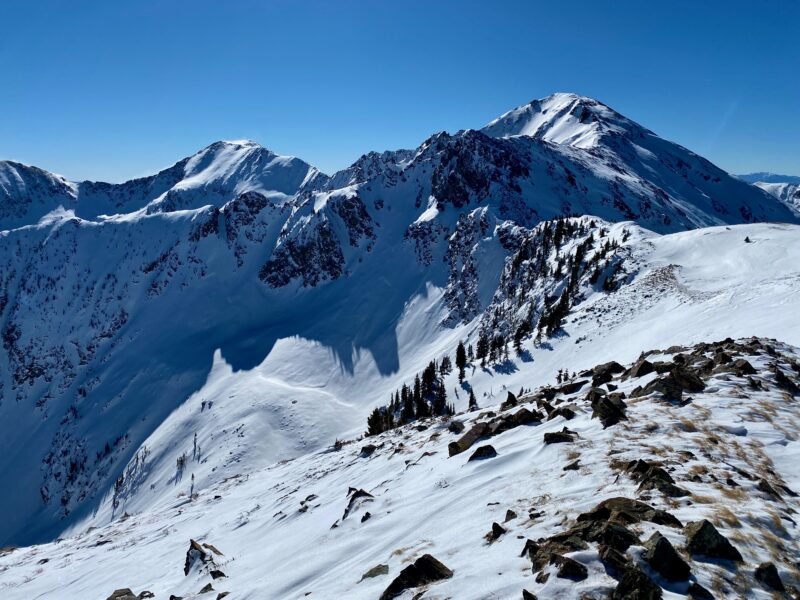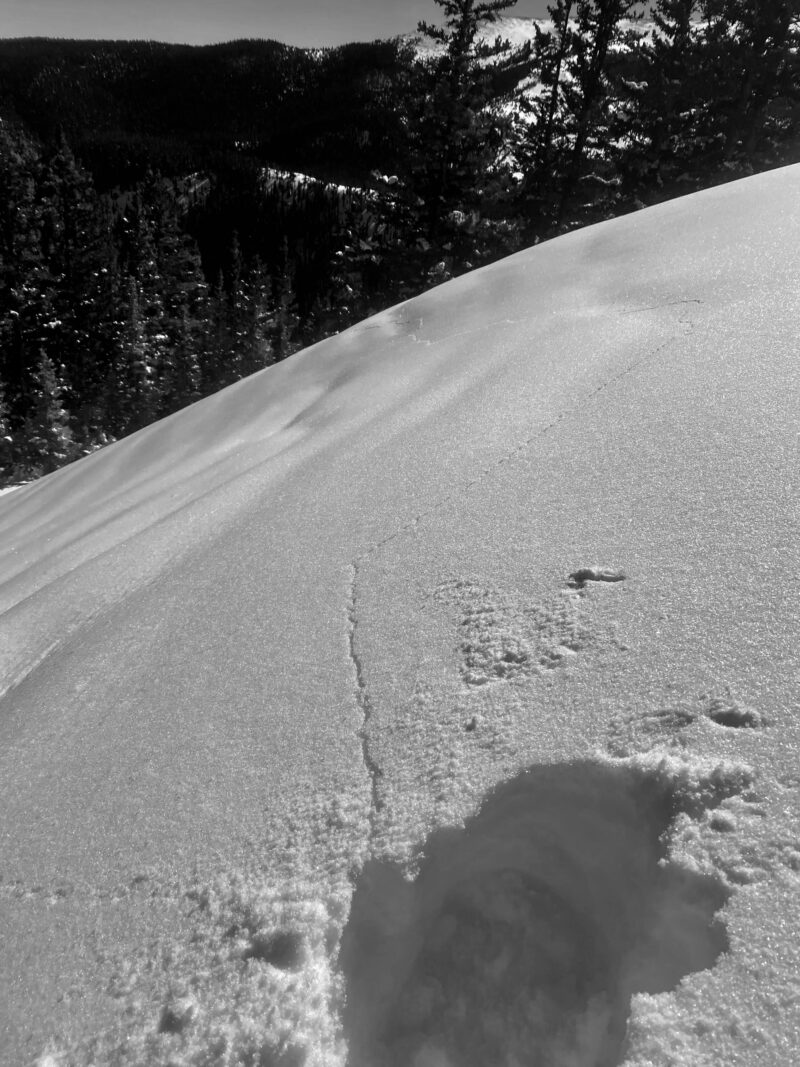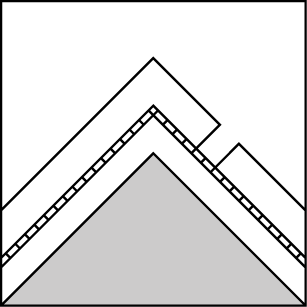Basic Information
Observation Details
Observation Date:
February 5, 2022Submitted:
February 5, 2022Observer:
TAC - Andy BondZone or Region:
Taos AreaLocation:
Bull of the Woods to Lost LakeSigns of Unstable Snow
Recent Avalanches?
YesCracking?
WidespreadCollapsing?
WidespreadSome small natural loose snow avalanches were observed on East aspects above treeline.
Bottom Line
The 2 to 3 feet of recent low-density snow is starting to settle and stiffen with the facets and facet/crust layers that formed prior to the storm are starting to become more reactive at all elevations. Today I was getting widespread collapsing and shooting cracks running long distances but was not able to get step test slopes to fully release and produce an avalanche. This persistent slab avalanche problem will probably stick with us for a while. Above treeline, soft 15 to 20cm thick wind slabs on the leeward sides of ridgelines and cross-loaded terrain were observed. We continue to see small loose snow avalanches in steep west, north and east-facing terrain.
Media



Advanced Information
Weather Summary
Cloud Cover:
ClearTemperature:
17 - 32Wind:
Light , NW
Sunny day with warming temperatures through the afternoon. Winds were light but did observe some snow being transported at upper elevation ridgelines this morning.
Snow was warming up and becoming wet by mid-morning especially on the southerly aspects.
Snowpack Observations
The recent low-density snow is settling quickly and becoming stiffer and more supportable than the last two days. I was getting loud audible collapses and wide propagating shooting cracks but was not able to get small steep test slopes to release. The mid-pack facets and facet/crust layers that formed during the high-pressure period in January prior to this storm are becoming more reactive in travels today.
Loose snow sluffs in steep northerly and east aspects continue to be the most prevalent type of avalanche observed over the last couple of days. Above treeline, small pockets of wind slabs avalanched during explosive control work this morning. These wind slabs were 15 to 20 cm thick and not running very far.
Warm temperatures and strong sun today were warming up the solar aspects throughout the day.
Avalanche Problems
| Problem | Location | Distribution | Sensitivity | Size | Comments |
|---|---|---|---|---|---|
 Persistent Slab
Persistent Slab
|
|
We haven't seen avalanches run on this layer during the storm, but in recent travels red flags like shooting cracks and loud audible collapses are becoming more widespread. |
